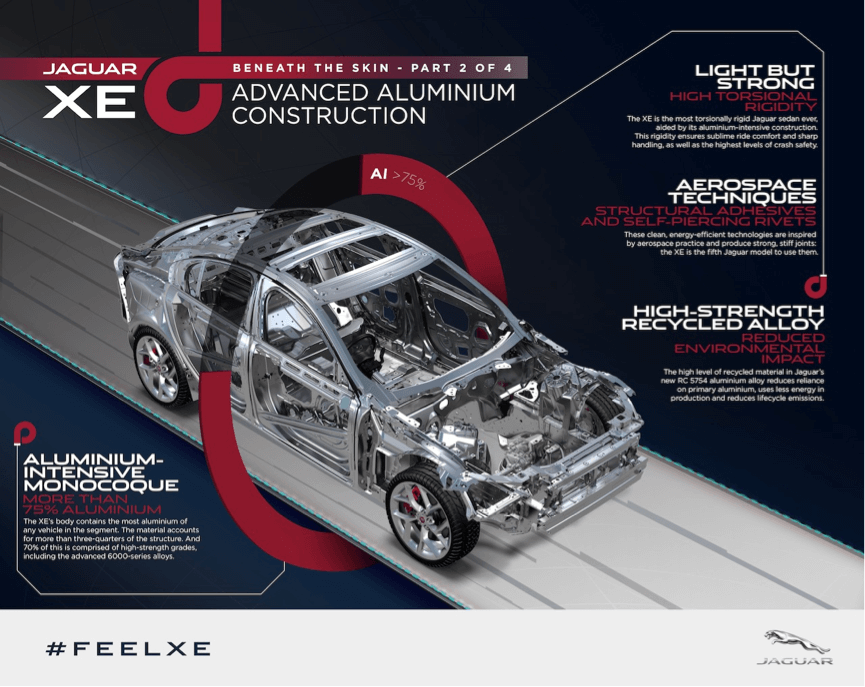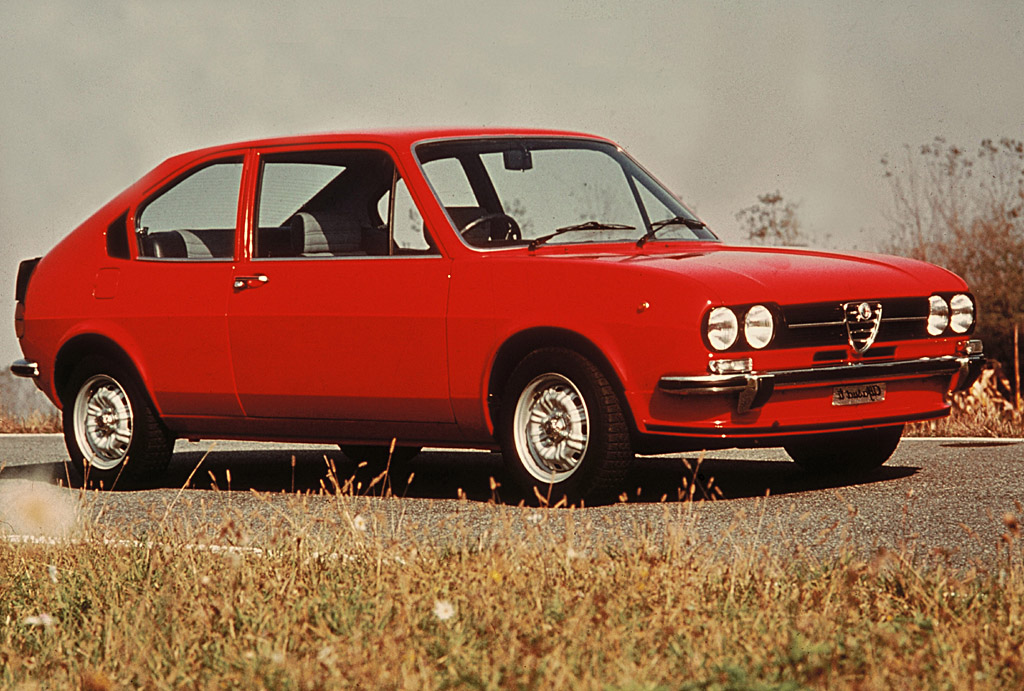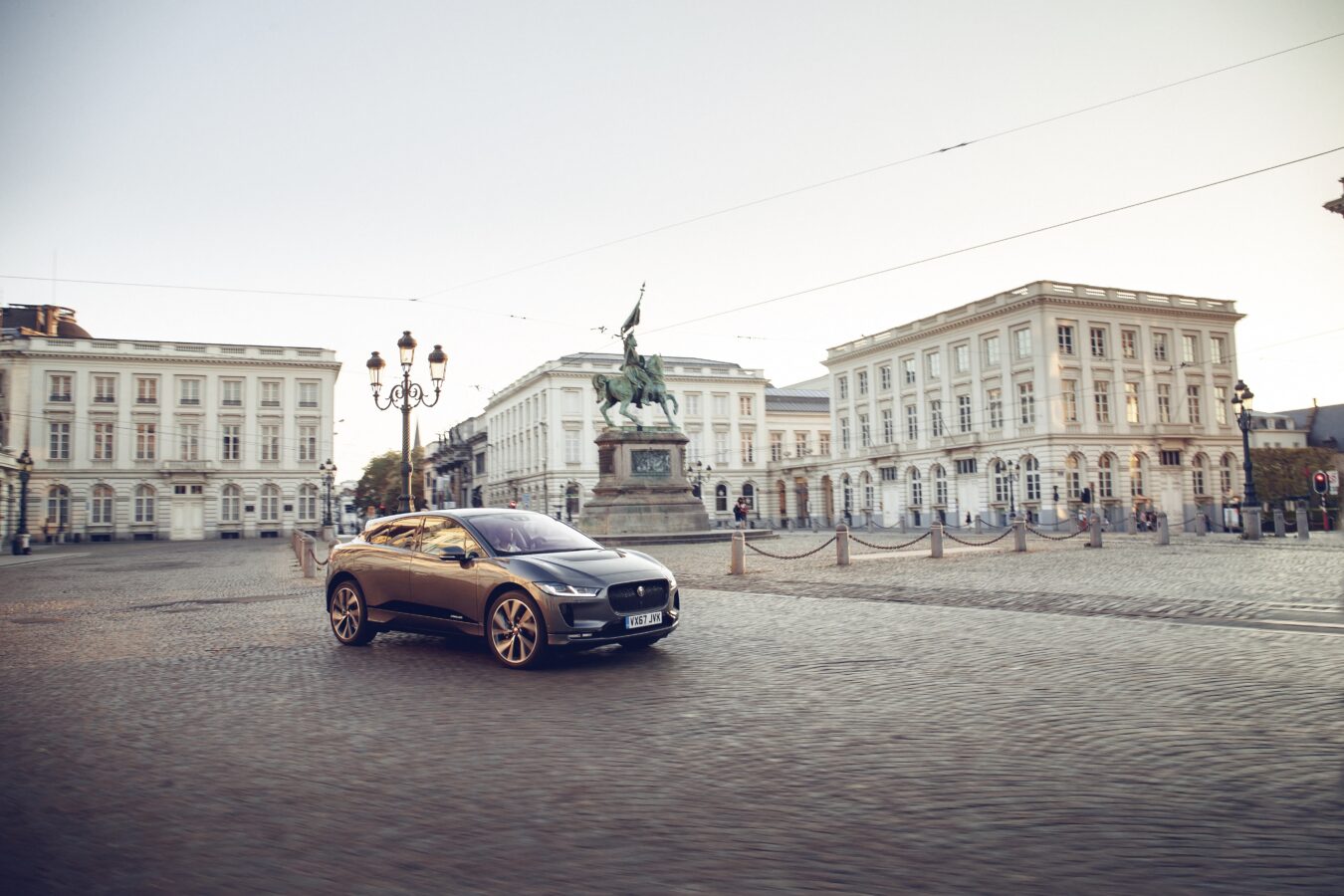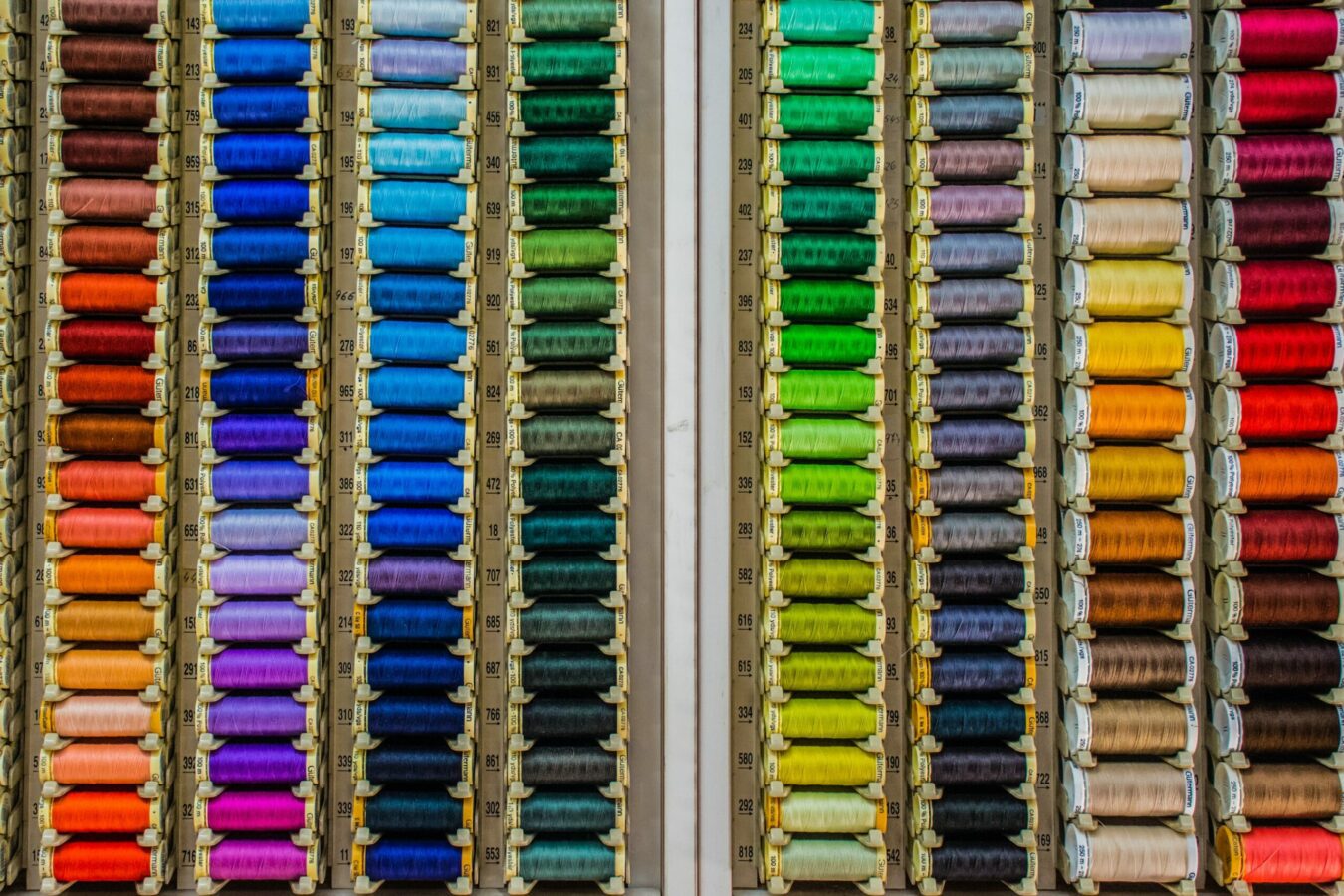Back in the winter of 2003, during the Top Gear road test of the Jaguar X-Type estate Jeremy Clarkson made the poignant observation that though genetically, we are “98% identical to a Halibut” it’s actually the other 2% that matters. He was of course drawing comparison with the Halibut and the Jaguar’s close mechanical relation to the Ford Mondeo.
The X-Type spelled exciting new territory for Ford’s Jaguar. The problem was that its very accomplished Mondeo-derived mechanicals were just slightly too ‘Dulux’ in a very Farrow & Ball segment where prestige is everything. Dependable and dynamic enough though Ford’s underpinnings were, cloaking them in a retro body just didn’t create the same cachet as larger Jags, in spite of the cat on the bonnet.

Can a Halibut do this? Jezza tests the X-Type’s ability as a skiing aid
Even Jezza’s reassurance that it was a proper Jag didn’t work on the brand-conscious buyer, who probably chose a 3 Series Touring instead. However, things are looking rosier thanks to the arrival of the XE. Not to repeat history, the XE uses all-new aluminium architecture that will also underpin Jaguar’s forthcoming SUV and new XF. In theory, it could be used by Land Rovers too but essentially it’s a vehicle for the products of Jaguar’s reinvented brand and will be protected as such.

Thoroughbred: the new XE. Not the last you’ll see of this platform, though.
Indeed, this brand reinvention has been little short of breathtaking. On September 8th Jaguar launched the eagerly anticipated XE sports saloon in a star-studded launch party in the capital. Launch no longer means a motor show appearance and a nicely filtered advert – it means a multi-channel £4m #LondonTakeover.
Now, Jaguar is one of the most active brands on social media and it is finally attracting the windsurfing, smartphone-owning aspirational buyers it tried to woo before. That said your granddad will still want to own an XE simply because it is still a fast and beautiful car with bags of heritage, even sans wood inlays and cream leather. Without alienating its loyal customers, Jag has broadened its appeal hugely and sales are up accordingly.
Following its renaissance, Jaguar is financially secure enough to join in the mass market game with new models like the XE. When you consider that developing a new model can cost $6bn in research and development alone, it’s easy to see why all the cool kids are platform sharing (think Golf/A3/Leon/Octavia). Successful premium brands (Audi, Jaguar) must save money where possible to meet demand for new models but not at the expense of perceived quality.

Good times ahead for the British Brand, thanks to the XE’s versatile architecture. Image: Jaguar
With the brand and customer firmly in mind throughout its development, the XE should be very competitive. Jaguar’s winning formula of a great product on a versatile platform alongside engaging brand activity means more brand champions who know they can look forward to more choice and better value when they hit the showroom.
So Jaguar, when can I put my name down for the SUV?

















